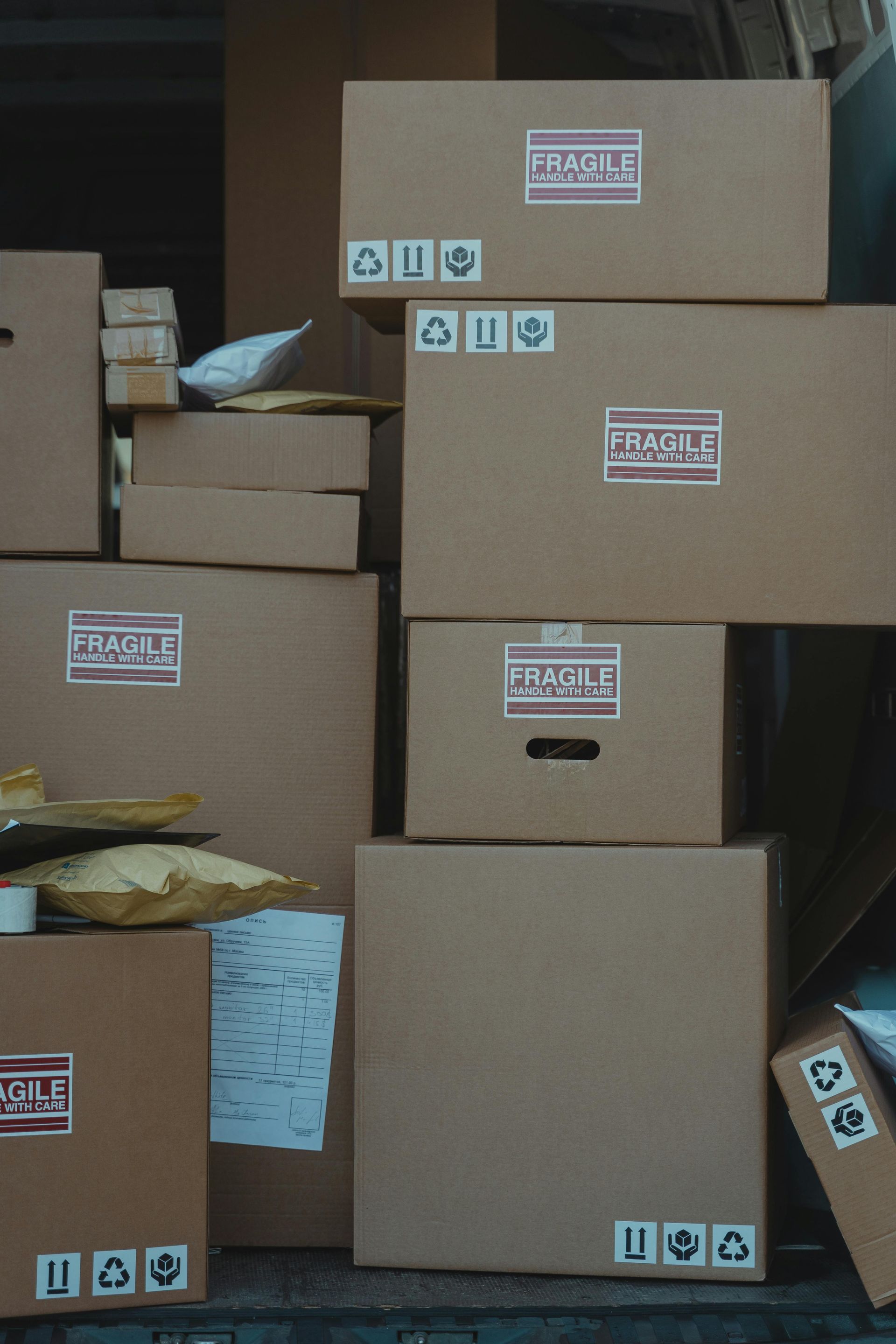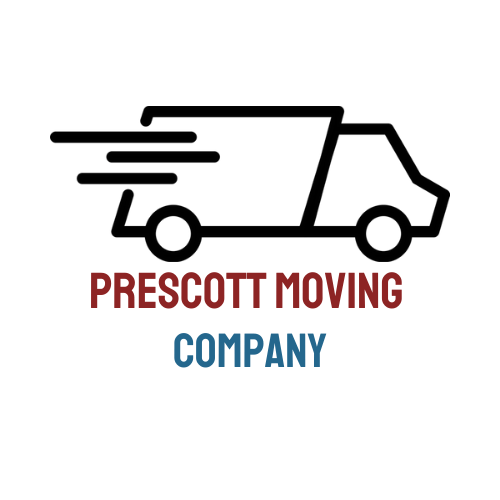How To Save Money When Moving
Penny-Pinching Ways to Save When Moving
Moving from within a city or across the country will carry a significant amount of expenses. Despite the many costs and loads of boxes, the moving process can be an exciting affair rather than a bleak and stressful one. There are a few tips and tricks outlined in this article that will allow those looking to move to save hundreds or thousands of dollars throughout the process.
From moving cartons, truck rentals, mover fees, and travel expenses, there are many costs that can add up quicker than expected. The most important factor to keep in mind when planning an upcoming move is to plan in advance. Giving yourself a timeframe of at least two months is highly recommended and strongly encouraged as a bare minimum window to move. Having more time to plan will allow for greater vetting of resources and will increase cost-saving.
Foreplaning is the most crucial step in starting to save money throughout the moving process. But what about the fine details that actually save dollar and cents? This article is going to dive deep in some of the most tried and true cost-effective moving strategies that homeowners in the US are using right now.
Get a Moving Truck
For those with the ability to execute the move without the help of professional movers, the option to rent a truck stands as one of the most affordable and cost-saving maneuvers one can do. Hiring the helping hand of friends and family to help load and unload the truck will save even more money as opposed to hiring professional movers.
With the truck rented and friends on standby, it will further save money to have the entire home packed into moving cartons and ready to relocate before the truck has been rented. Not only will this measure save time but it will allow the boxes to be loaded and driven away in a much shorter time window.
Scavenge for Packing Supplies
It can be easy to go by moving cartons for convenience purposes, this will however, cost more than going to a local grocery store or supermarket and asking if they have any boxes they would be willing to let go of for no cost. Certain moving supplies might be harder to come across like wraps and dollies but saving money by getting as many boxes for free will pay dividends. The process can be streamlined with some foresight by starting to accumulate boxes long before the time to pack and move has arrived.
At the end of the process, there will still most likely be things that will need to be bought. However, the money saved by accumulating boxes for free can save loads of money for the savvy mover.
Plan an Off-Season Move
For the months of the early spring and though the summer, the rates of moving companies are generally higher. This is an option to consider for those on a tighter time squeeze or who do not want the hassle of moving their personal belongings themselves. Hiring a moving company in the slower season will save money because their rates are generally lower due to less demand for their services. Planning to hire a moving company between the months of September and March will have cost effective benefits for those looking to make the move with a professional team.
Looking to hire a bonded and insured moving company in Prescott? Prescott Moving Company is a qualified and insured business that can relocate customers across town or across the states. Give our line a call at the number below to get a free estimate on your next move.



